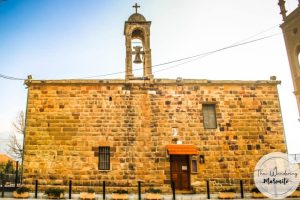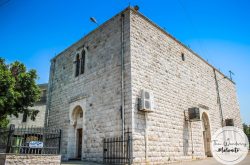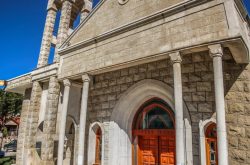Overview
Map
Other Details
أنطش مار يوسف
Baskinta
Metn
Mount Lebanon
أنطش مار يوسف - بسكنتاسنة ١٧٧٠ بدأ أهالي بسكنتا ببناء كنيسة على إسم القدِّيس يوسف، لكنّ البناء تعثّر. فكان ذلك سببًا لدعوة الرهبانيَّة اللبنانيَّة إلى تسلُّمها، سنة ١٧٧١، بناءً على طلب الأهالي. مقابل ذلك، كان على الرهبانيَّة أن تنشئ مدرسةً لتعليم الأحداث وإرشاد القريب في الأمور الروحيَّة. أتمَّت الرهبانيَّة، سنة ١٧٧٦، تشييد الكنيسة، وأنشأت مدرسةً على اسم القدِّيس يوسف، فكانت أقدم مدرسةٍ في بسكنتا، تهتمُّ بتعليم الأولاد مبادئ الدين والأخلاق، واللغتَين السريانيَّة والعربيَّة.The presbytery of St Joseph - BaskintaIn 1770 the locals of Baskinta began building a church dedicated to St Joseph, yet due to the lack of funds, they decided to hand the church to the Lebanese Maronite Order. The agreement was settled in 1771 and a school to teach the children and provide spiritual guidance was erected by the order. In 1776 the church was dedicated and the first Baskintan school opened providing a program that teaches Syriac, Arabic, Morals, and Catechism.
Visited 2456 times, 3 Visits today











Reviews are disabled, but trackbacks and pingbacks are open.